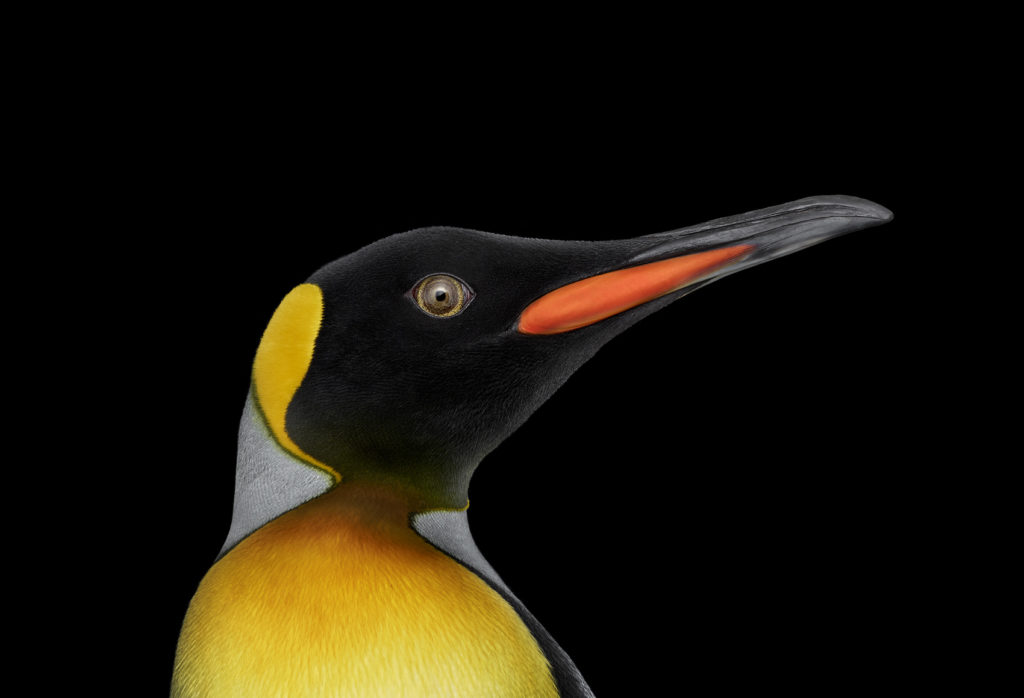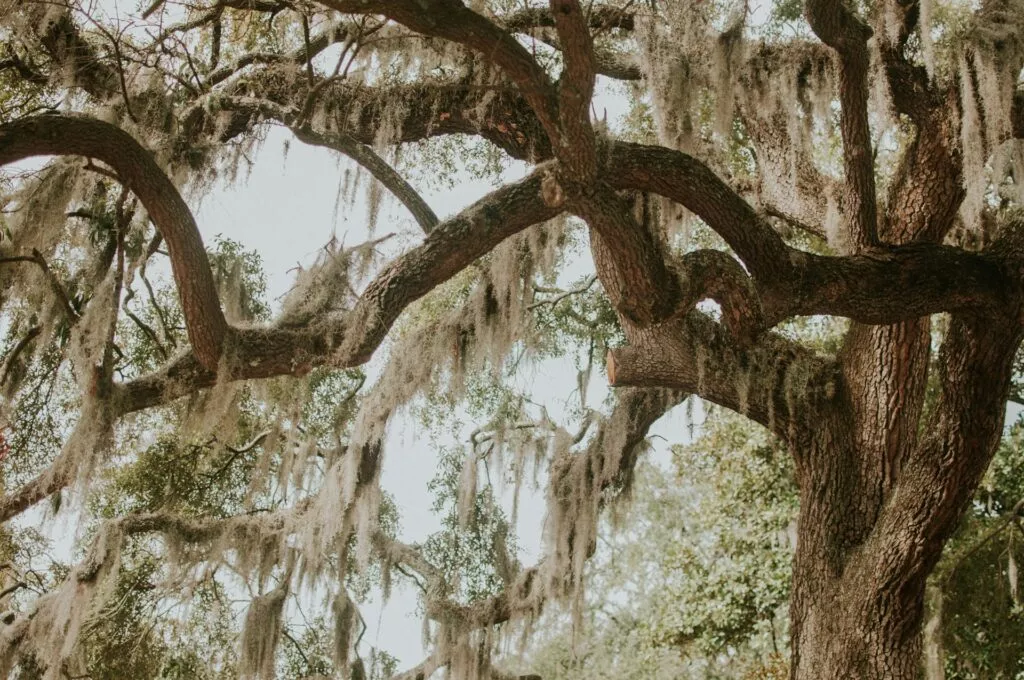Brad Wilson is a photographer who started his journey in fine art photography after his education in visual arts where he studied art history and studio art. His images have been published around the world and have appeared in CNN, CBS News, WWF, Wildlife Conservation Society, Greenpeace, Audubon, Apple, Microsoft, Sony, Vanity Fair Italia, and many more.
Brad is also represented by many galleries around the world and his work has been exhibited in a variety of solo and group exhibitions. Here is what Brad has to tell about his work along with a collection of his animal portraits.

“This project began more than a decade ago with a seemingly simple thought that quickly turned into a creative imperative: I want to do portraits of animals. What followed was anything but simple, and from the start I was immersed in something far more complex and meaningful than I could have imagined.
My initial attraction to these subjects was purely visual––the bold patterns and intense colors expressed in fur, feathers, scales, and skin, the extraordinary range of body types and musculatures, and most importantly, the strikingly distinct and powerful eyes. This was my beginning, my way in, and yet immediately I understood that merely recording their beautiful form was not nearly enough. But what was beyond this form that had been objectified and anthropomorphized for so long? And what did it really mean to do a portrait of an animal?
Right away I discovered the answer through the process of the work itself. I found it impossible to stand a few feet away from any wild animal, with no barriers between us, and remain unmoved. There was something deeply resonant about this type of encounter that was profound in the moment and primal in its roots, and I knew I was entering a rare and fragile territory.
Despite the physical closeness, my first reaction was not one of fear, but of fascination and admiration. Each animal had a uniquely commanding presence and consciousness that seemed as real and significant as my own, and it became clear that some sense of this would need to be conveyed if the final work was going to be a portrait, and not just a picture.




I have always been interested in the precision that creates and reveals beauty–the exact instant when mood, stillness, lighting, and composition align to make something common, suddenly uncommon, something expected, suddenly unexpected. In many ways, my entire life in photography has been about trying to find these few elusive moments and record them. While this has always been a challenging pursuit, with animals it seemed even more daunting. Up to that point, I had spent my career photographing people, subjects I largely controlled. I told them what to do, and because we shared a common language and a general spirit of collaboration, they complied.
Now I was facing subjects who did what they wanted, with no regard for me or my artistic agenda. Specific verbal directions were replaced by patient waiting and observation, a level of intention and focus that bordered on meditation. That in itself was exhilarating, but there was something more. What I discovered was a world that we, as humans, have largely abandoned, a place of powerful present moment awareness ruled almost entirely by natural intelligence and intuition. Without much effort, my subjects pulled me in to this other world with them, discreetly demanding my full attention, and everything else fell away. I was no longer thinking of myself or the environment around me. I was only focused on my immediate experience with each animal and finding some compelling visual connection to them, something that went beyond straightforward documentation and created a feeling of authentic encounter.





The destinies of humans and animals have been, and will continue to be, inexorably linked. We have lived in close proximity for our entire terrestrial existence, with hunter-gatherer lifestyles that once were not all that dissimilar. We roamed the same ancient forests and sweeping savannah and drank from the same lakes and streams. Sometime around 12,000 years ago, however, our lives diverged when homo sapiens began to experiment with farming and animal domestication.
Over the centuries that followed, as this new survival strategy became more successful, our ancestors largely abandoned their nomadic way of life and started to build versions of the villages and towns that we live in today. This agricultural revolution changed our species and our planet, and the resulting development of a new human culture transported us further and further away from our wild relatives. Nonetheless, we continued to have a vital relationship with the wildlife around us, casting them in layers of myth and mysticism as allies, enemies, gods, and food. Often these roles existed simultaneously across vastly different cultures and continents, and they endure even in our modern age.





Today, despite the fact that animals remain an integral part of every human society, they have been relentlessly pushed to the margins of our ever-expanding civilization. For many of them this is a perilous and often impossible place to exist, and thousands of species around the globe are currently endangered. Their fate is fundamentally tied to our own and we must realize that our ascendency can no longer continue at the expense of all wildlife around us. Conservation is now critically important, not just to save animals, but also to save ourselves.





I hope this body of work can stand as a worthy testament to these vanishing faces, a bridge of sorts, to remind us that we are not alone, we are not separate; we are part of a profoundly interconnected diversity of life. In each animal’s gaze we see a part of ourselves and catch a fleeting glimpse of another world, a world we once fully inhabited. In many ways they are what we used to be, and like us, they deserve to follow their own unique path into the future, wherever it may lead them.”
Brad has released his new book, “The Other World” that features Brad Wilson's new studio portraits of animals in a stunning landscape format design. If you wish to follow Brad's work, here are the links to his website and social media accounts.




